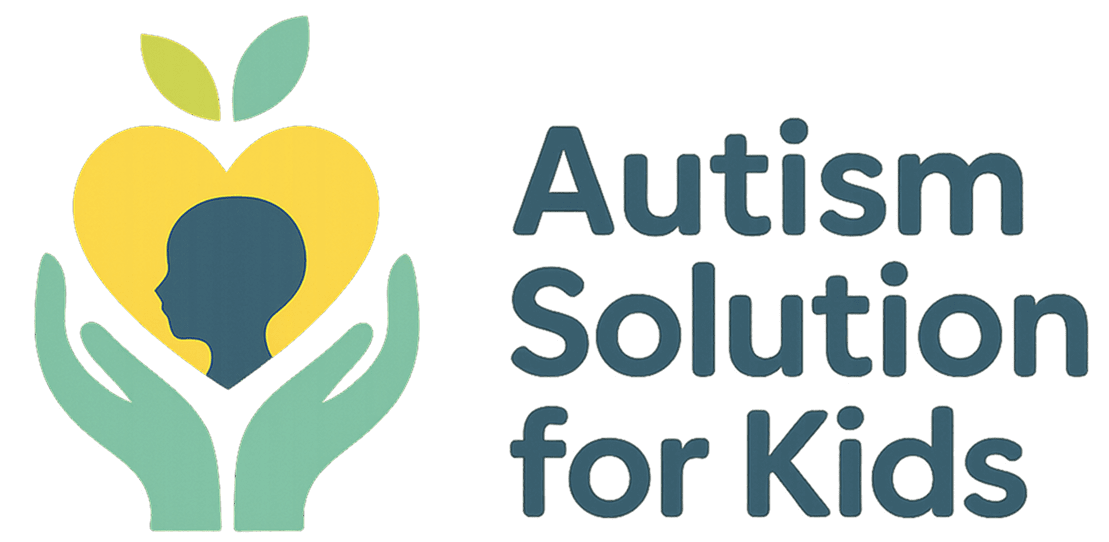What Activities Do Autistic People Struggle With? A Comprehensive Guide
To understand the world of autism is to delve into a realm filled with unique perspectives, challenges, and extraordinary strengths. One critical aspect often discussed but not fully understood is what activities do autistic people struggle with? These challenges can range from social interactions to sensory processing and beyond. By shedding light on these struggles, we open the door to empathy, understanding, and much-needed support. This article will explore the various activities that autistic individuals often find difficult, offering insights into effective strategies to help them navigate day-to-day life. Whether you’re a parent, teacher, or simply someone looking to better understand autism, this guide is tailored just for you!
Daily Living Skills and Routine Activities
Many individuals on the autism spectrum face challenges with daily living skills. This can include simple tasks such as brushing teeth, taking a shower, or preparing a meal. For an autistic person, the thought of executing these activities can provoke anxiety and confusion due to their complexities and demands for exact timing or method.
Daily routines provide a sense of structure, yet for many autistic individuals, varying from these routines can lead to distress. The struggle often lies within the details; for example, the overwhelming sensory stimuli of water and soap during bathing can be distressing. A common question arises: what activities do autistic people struggle with daily? Let’s break this down further.
1. Personal Hygiene: This essential aspect of self-care is often overlooked. For many autistic individuals, the sensation of water on the skin or the smell of personal care products can be intolerable. To make personal hygiene less daunting, visual schedules can provide clear steps, helping to elucidate the process without overwhelming the individual.
2. Meal Preparation: Cooking can be a project that seems simple on the surface but can become overwhelming for those with autism. The process involves multiple steps, related smells, and textures that may be annoying or confusing. Strategies such as breaking down the tasks can make the experience more manageable. For example, breaking meal prep into smaller, manageable steps can significantly alleviate stress.
3. Dressing: Choosing outfits can also be a struggle. For some autistic individuals, the feel of certain fabrics or the ability to express themselves through clothing can be frustrating. Using a visual guide to sort acceptable clothing by texture or color can often help.
In essence, the activities of daily living require a combination of memory, organization, and physical coordination. For autistic individuals, any disruption of routine can lead to significant distress. Techniques like using checklists or planning out days in advance can be extraordinarily beneficial in creating peace of mind.
Social Interactions and Communication Skills
Another area where many autistic individuals face challenges is in social interactions. Social cues that seem intuitive to neurotypicals can be confusing hurdles for those on the spectrum. When asking what activities do autistic people struggle with in social settings?, it is essential to recognize various nuances. From initiating conversations to interpreting non-verbal cues, every interaction can seem daunting, awkward, and often misunderstood.
1. Initiating Conversations: Many autistic individuals may feel anxious and unsure when it comes to starting or maintaining a conversation. This can often stem from a fear of rejection or misunderstanding. Simple strategies, such as role-playing or practicing common phrases beforehand, can build confidence in their communication skills.
2. Understanding Non-Verbal Cues: Body language and facial expressions play a significant role in communication that can be incredibly nuanced. Without this understanding, conversations can feel one-sided or confusing. Creating a ‘social story’ that outlines different expressions and their meanings can help autistic individuals feel more engaged.
3. Group Activities: Group settings—such as parties, classroom settings, or clubs—can be overwhelming due to noise, crowding, and unpredictable social dynamics. Autistic individuals may struggle with staying engaged and can often feel out of place. To support them, try introducing smaller gatherings or one-on-one interactions where they can feel more comfortable.
Engaging in social activities often requires particular skills and competencies that aren’t intuitive for some autistic individuals. This doesn’t denote a lack of interest; rather, it highlights a different interaction style and preference. With tailored support and understanding, social interactions can become more fulfilling.
Educational Challenges and Learning Activities
Educational environments often present unique struggles for autistic individuals. Learning requires a blend of focus, emotional regulation, and responsiveness to various teaching styles, all of which can pose a challenge. When asked what activities do autistic people struggle with in a learning environment?, the following areas frequently emerge:
1. Concentration and Focus: Many autistic individuals have difficulty focusing on tasks for extended periods. This can be exacerbated in environments filled with distractions like noise or visual stimuli. Techniques such as fidget tools, frequent breaks, or creating a quiet workspace can enhance their ability to concentrate.
2. Group Work: Collaborative tasks in school can be particularly difficult. Engaging with peers in a group setting requires negotiation, social skills, and adaptability. Providing individualized roles or using structured group activities can mitigate this challenge.
3. Adapting to Different Teaching Styles: Each educator has a different approach, which can confuse an autistic learner. Some may thrive on a visual approach, while others learn best through auditory means. Tailoring education methods to individual learning styles can dramatically improve the learning experience.
Educational challenges often require patience and creativity. By implementing personalized strategies, supporting learning preferences, and addressing any potential sensory issues, educators can help create a more inclusive and effective environment.
Conclusion
Understanding the challenges that autistic individuals face is a crucial step in fostering empathy, support, and inclusivity. From daily living skills and social interactions to educational challenges, these struggles vary widely among individuals but share commonalities that deserve attention. By asking what activities do autistic people struggle with, we not only acknowledge their hurdles but also pave the way for necessary supports. Empathy can often lead to effective communication and solutions that transcend traditional boundaries, creating a better world for everyone. In conclusion, understanding and addressing these challenges benefits not only autistic individuals but also the rich tapestry of society as we work harmoniously together.
FAQs
1. What are common daily activities autistic people struggle with?
Many autistic individuals find personal hygiene, meal preparation, and dressing to be challenging due to sensory sensitivities and difficulties with routine changes.
2. How can I support an autistic person in social situations?
Support can include role-playing social interactions, practicing conversation starters, or creating familiar routines to ease the pressure of new social settings.
3. Are there specific educational challenges autistic individuals face?
Yes, concentration, group work, and adapting to various teaching styles can often pose significant hurdles in educational environments for autistic students.
4. How can sensory issues impact daily activities?
Sensory sensitivities can make everyday tasks like bathing or dressing overwhelming due to textures, sounds, or smells, making these tasks feel intimidating.
5. What role do routines play in the lives of autistic individuals?
Routines provide structure and predictability, helping to reduce anxiety. Sudden changes in routines can lead to significant stress for autistic individuals, making consistent schedules vital.





